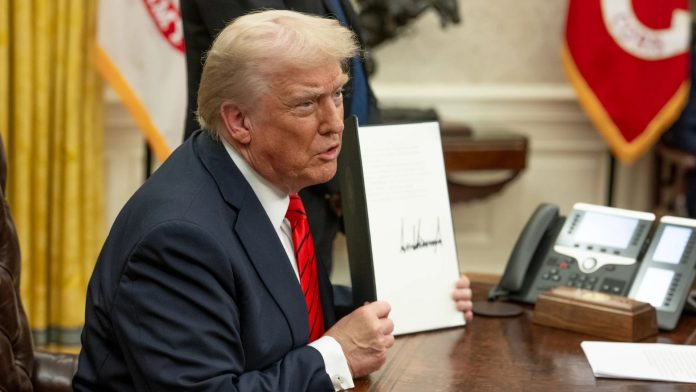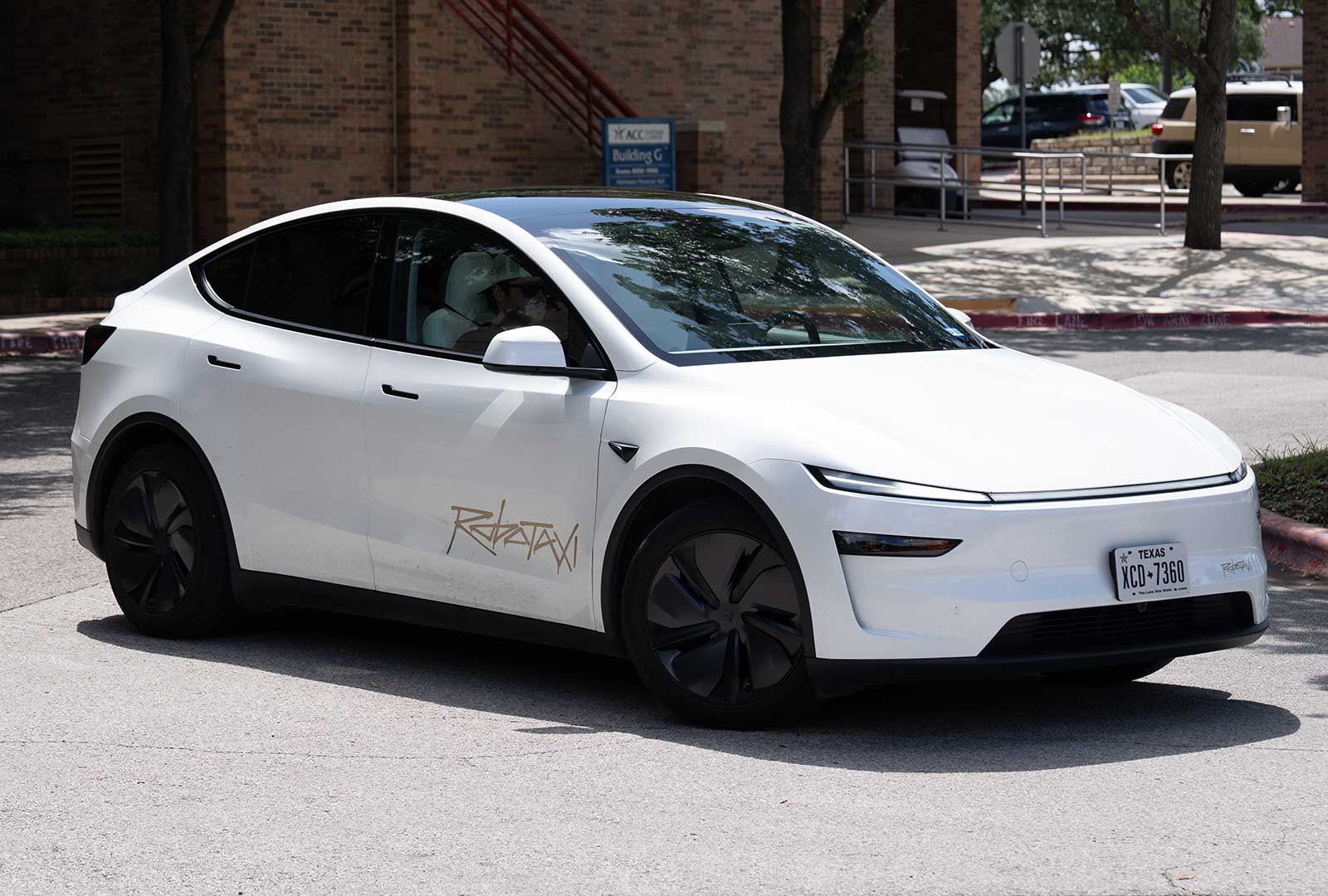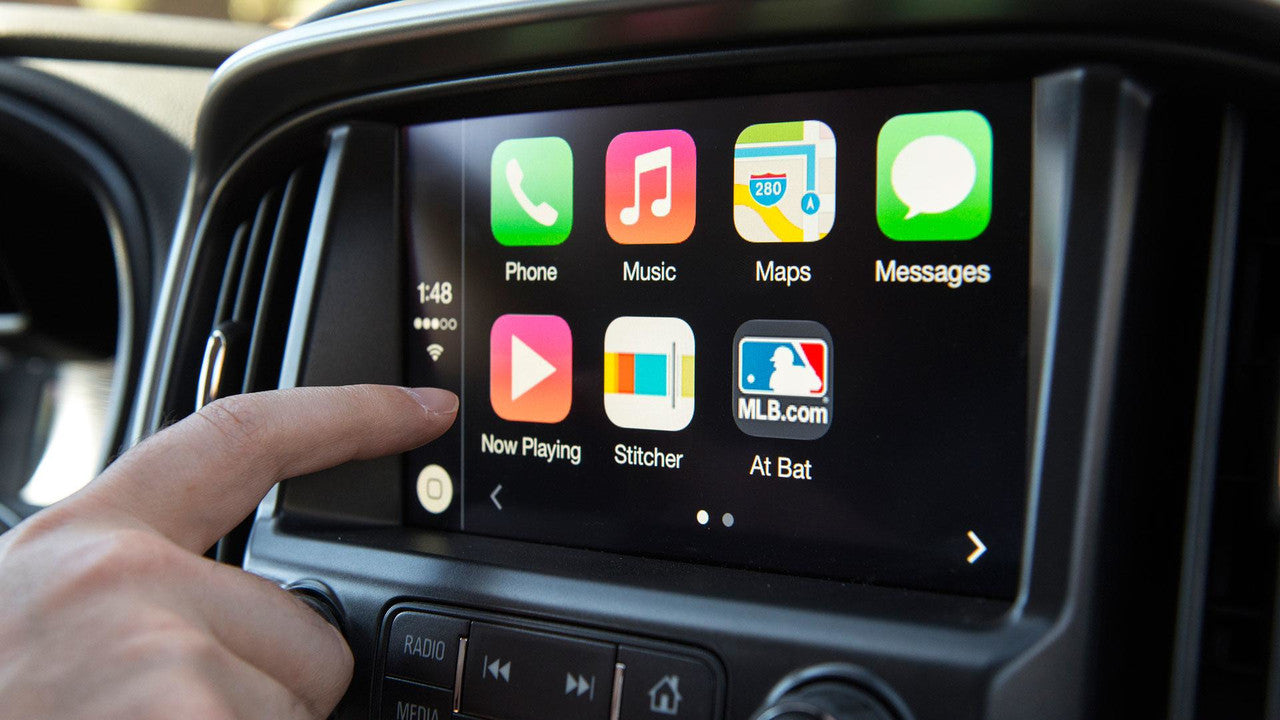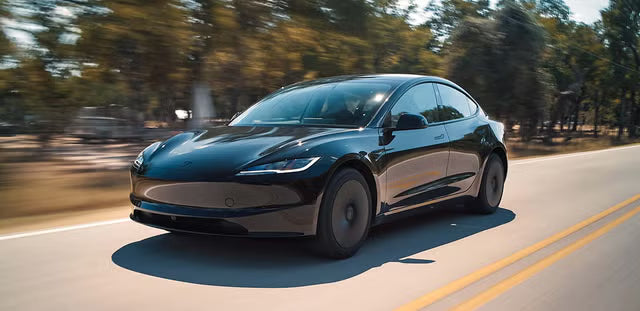Les récents changements de politique sous l'administration Donald Trump, notamment la suppression de la subvention fédérale de 7 500 dollars à l'achat de véhicules électriques (VE) et l' instauration d'une taxe annuelle de 250 dollars pour les propriétaires de VE , marquent un tournant majeur dans la politique américaine en matière d'énergie propre. Ces mesures, intégrées au projet de loi budgétaire plus large soutenu par les Républicains, ont suscité un débat intense quant à leurs implications pour le marché des VE, les conducteurs et les objectifs environnementaux. Ce blogue décortique les impacts multidimensionnels de ces politiques et explore ce qu'elles révèlent des orientations politiques plus larges de Trump, en mettant l'accent sur les dimensions économiques, environnementales et politiques.
Impact sur le marché des véhicules électriques
La suppression du crédit d'impôt fédéral de 7 500 $, pierre angulaire de la loi de réduction de l'inflation de l'ère Biden, est sur le point de transformer en profondeur le marché des véhicules électriques. Cette subvention, destinée à réduire le coût initial des véhicules électriques, a joué un rôle déterminant dans leur adoption, notamment par les consommateurs à revenus moyens. Sa suppression devrait entraîner une hausse du prix effectif des véhicules électriques, ce qui pourrait freiner la demande. Selon les analystes de JP Morgan, Tesla à elle seule pourrait faire face à une perte de 1,2 milliard de dollars sur son bénéfice annuel en raison de l'abrogation des subventions, ainsi qu'à une perte potentielle de 2 milliards de dollars sur les ventes de crédits réglementaires. D’autres constructeurs automobiles comme General Motors et Ford, qui ont massivement investi dans la production de véhicules électriques, pourraient être confrontés à des impacts moins graves, mais devront néanmoins faire face à des incitations réduites pour les consommateurs.
Le marché des véhicules électriques, déjà confronté à une transition difficile, est confronté à des défis supplémentaires liés à la nouvelle taxe annuelle de 250 $ imposée aux propriétaires de véhicules électriques , destinée à financer le Fonds fiduciaire pour les autoroutes, traditionnellement alimenté par les taxes sur l'essence. Cette taxe pénalise de fait la possession de véhicules électriques, ce qui peut décourager les acheteurs potentiels. Bien que l’industrie des véhicules électriques ait fait preuve de résilience (les ventes ont atteint 1,3 million aux États-Unis en 2024, contre 1,2 million en 2023), ces politiques pourraient ralentir la croissance, en particulier dans les segments sensibles aux prix. La combinaison de coûts initiaux plus élevés et de taxes permanentes peut pousser les consommateurs vers les véhicules à moteur à combustion interne (ICE), en particulier dans les régions où l’infrastructure de recharge est limitée.

Effets sur les conducteurs de véhicules électriques
Pour les conducteurs de véhicules électriques actuels et futurs, ces politiques créent des obstacles financiers et pratiques. Le crédit d'impôt de 7 500 $ a rendu les véhicules électriques plus accessibles, notamment pour des modèles comme la Tesla Model 3 ou la Chevrolet Bolt , où la subvention pourrait compenser 15 à 20 % du prix d'achat. Sans ce crédit, les acheteurs pourraient reporter leur achat ou opter pour des véhicules thermiques moins chers, d'autant plus que les prix des véhicules électriques restent en moyenne plus élevés. La taxe annuelle supplémentaire de 250 $ réduit encore davantage les économies liées à la possession d'un véhicule électrique, souvent vantée pour ses coûts de carburant et d'entretien réduits. Par exemple, un conducteur de véhicule électrique utilisant une borne de recharge portable à domicile pourrait économiser 1 000 $ par an sur le carburant par rapport à un véhicule à essence, mais la nouvelle taxe réduit ces économies, ce qui rend l'argument économique en faveur des véhicules électriques moins convaincant.
De plus, le gel par l'administration Trump de 7,5 milliards de dollars de financement fédéral destiné aux infrastructures de recharge pour véhicules électriques aggrave les difficultés des conducteurs. L'accès limité à des bornes de recharge fiables, notamment en zone rurale, freine déjà l'adoption des véhicules électriques. Pour les conducteurs qui dépendent de chargeurs portables pour la recharge à domicile ou en déplacement, le manque d'infrastructures publiques pourrait amplifier l'inquiétude liée à l'autonomie, décourageant ainsi encore davantage l'utilisation des véhicules électriques. Des États comme la Californie, qui ont poursuivi l'administration en justice au sujet du gel des financements, affirment que cela compromet les efforts visant à rendre les véhicules électriques accessibles et à soutenir les économies vertes.

Conséquences environnementales
Les conséquences environnementales de ces politiques sont profondes et préoccupantes. Les véhicules électriques sont essentiels à la réduction des émissions de gaz à effet de serre : des études montrent que leur adoption généralisée pourrait réduire les émissions du secteur des transports aux États-Unis jusqu'à 30 % d'ici 2035. En supprimant les subventions à l'achat et en taxant les propriétaires de véhicules électriques, l'administration Trump risque de ralentir cette transition. Le Chicago Tribune souligne que les véhicules électriques doivent être utilisés intensivement pour être bénéfiques pour le climat, mais que la réduction des incitations pourrait entraîner une diminution du nombre de kilomètres parcourus en véhicules électriques, ce qui réduirait leur impact environnemental.
De plus, le gel du financement des infrastructures de recharge freine les efforts visant à construire un réseau robuste, essentiel pour soutenir les déplacements longue distance en véhicules électriques et réduire la dépendance aux combustibles fossiles. Si l'industrie des véhicules électriques peut survivre sans subventions, comme l'affirment certains dirigeants, le rythme de la décarbonation devrait ralentir, ce qui pourrait retarder la progression vers les objectifs climatiques mondiaux. Ce constat est particulièrement frappant si l'on compare à des pays comme la Chine, où des subventions agressives aux véhicules électriques ont stimulé la croissance du marché, laissant les constructeurs automobiles américains en position de désavantage concurrentiel.

Les tendances politiques de Trump
Ces mesures reflètent une tendance politique plus générale sous l'administration Trump : la priorité donnée à la déréglementation et aux intérêts des énergies fossiles au détriment des initiatives en faveur des énergies propres. La suppression des subventions aux véhicules électriques et l'instauration de taxes s'inscrivent dans la lignée des promesses de campagne de Trump de démanteler ce qu'il a appelé l'« obligation des véhicules électriques », qui, selon lui, porterait préjudice à l'industrie automobile. Les actions de son administration, telles que la suppression de l'obligation des véhicules zéro émission (VZE) en Californie et le gel du financement des bornes de recharge, témoignent d'un scepticisme à l'égard de l'intervention gouvernementale dans la promotion des technologies vertes.
Cette position contraste fortement avec l'approche de l'administration Biden, qui a eu recours aux subventions pour accélérer l'adoption des véhicules électriques. Les politiques de Trump suggèrent une conviction selon laquelle les transitions technologiques doivent être guidées par les forces du marché, et non par les incitations gouvernementales. Cependant, cette position néglige le rôle joué par les subventions dans le développement des technologies émergentes comme les véhicules électriques, à l'instar du soutien historique aux industries pétrolières et gazières. L'accent mis par l'administration sur la réduction des dépenses fédérales – comme en témoignent les coupes budgétaires dans les dépenses publiques – souligne un conservatisme budgétaire qui dévalorise les investissements environnementaux.
Le conflit avec Elon Musk, un ancien allié, met en lumière la volatilité politique de ces politiques. Les critiques publiques d'Elon Musk à l'égard du projet de loi budgétaire, malgré son soutien antérieur aux réductions de subventions, suggèrent des tensions entre le nationalisme économique de Trump et les intérêts des entrepreneurs du secteur des énergies propres. Ce clivage souligne un clivage partisan plus large, Pew Research constatant une baisse du soutien républicain aux énergies propres depuis le premier mandat de Trump.

Conclusion
La suppression des subventions à l'achat de véhicules électriques et l'imposition d'une taxe annuelle de 250 dollars aux propriétaires de véhicules électriques marquent un tournant décisif pour le marché américain des véhicules électriques. Ces politiques risquent de ralentir l'adoption des véhicules électriques, d'augmenter les coûts pour les conducteurs et de compromettre les progrès environnementaux, tout en reflétant le programme plus large de déréglementation et de conservatisme budgétaire de Trump. Alors que le secteur des véhicules électriques fait face à ces difficultés, des innovations comme les chargeurs portables pourraient devenir encore plus cruciales pour les conducteurs en quête de solutions rentables en l'absence d'infrastructures publiques robustes. Si les perspectives à long terme pour les véhicules électriques restent positives, la prochaine décennie s'annonce probablement mouvementée, les États-Unis devant concilier priorités économiques et impératifs environnementaux.
Voir plus de blogs et d'actualités à propos de la taxe EV sur le site officiel d'EVDANCE.








Partager:
Choisir la bonne rallonge électrique : un guide complet pour les propriétaires de véhicules électriques, nouveaux et expérimentés
Guide d'achat de bornes de recharge pour véhicules électriques : comment choisir la solution de recharge à domicile adaptée